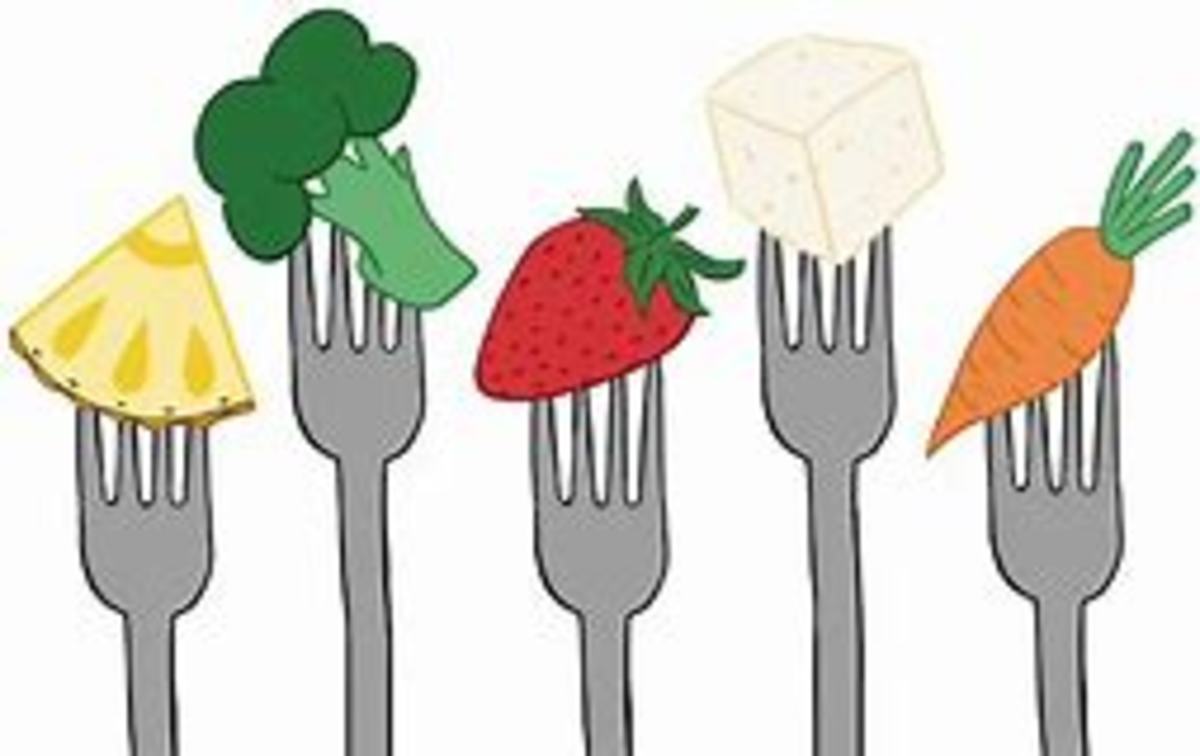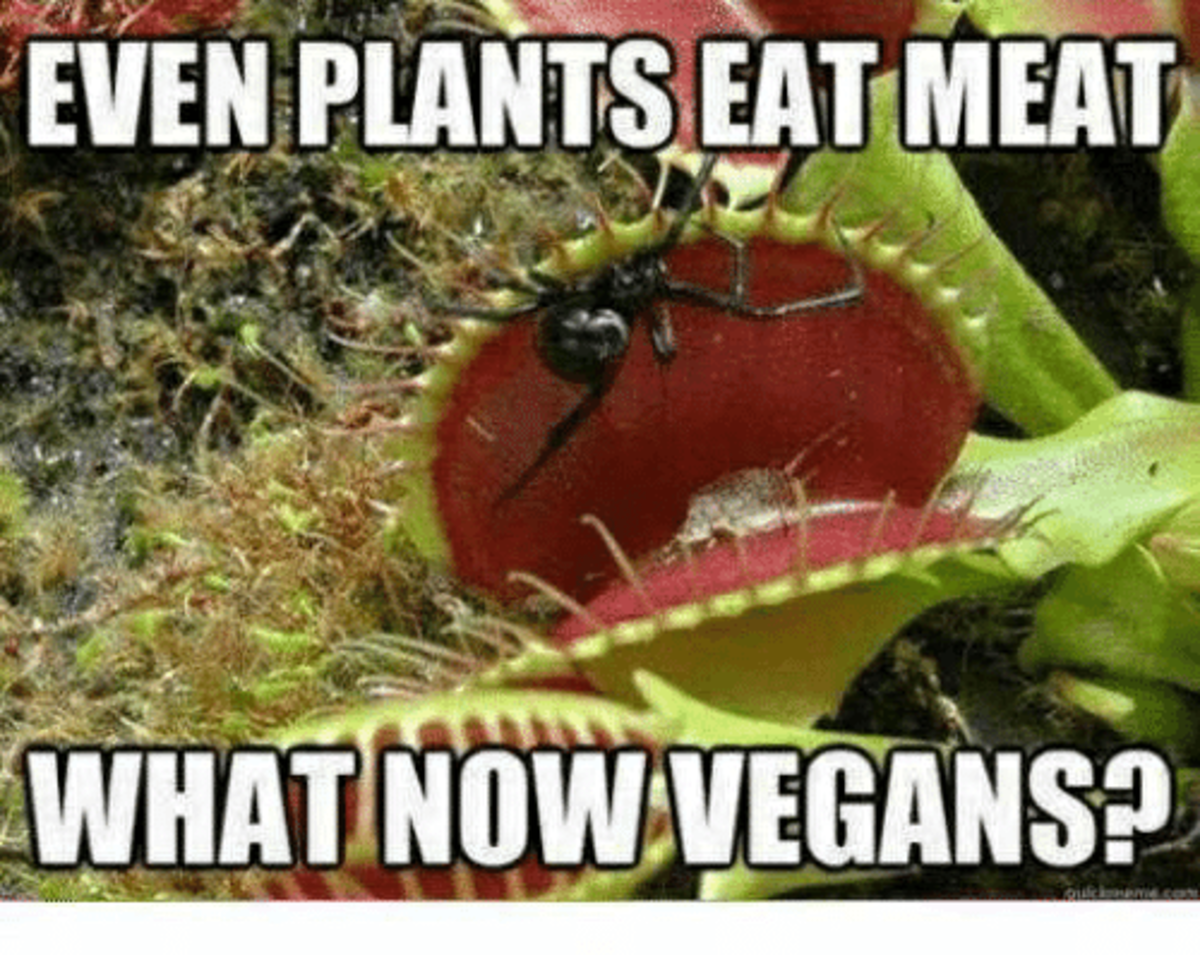Starting Out on a Vegan Diet
The vegan diet is being adopted by more and more people all over the world. There are a variety of reasons why someone may decide to stop eating meat, fish, poultry and other animal products such as eggs, honey, milk and cheese. As with many dietary changes, reasons for adopting a vegan lifestyle vary from person to person but can include wishing to improve health and well-being, religious views or being opposed to the cruel treatment animals very often face in being bred and raised for human consumption.

What Does The Term Vegan Mean?
The vegan diet is sometimes also known as ‘strict vegetarianism’ however describing it this way can be misleading. Vegetarians do not eat meat but most do still eat animal products that do not cause the death of the animal, for example eggs and cheese. Vegans do not consume any food that has animal origins at all or that involves or causes the exploitation of animals, regardless of whether the animal dies or not. This includes all meat products, animal fats, eggs, milk, honey and some food additives or ingredients used in food preparation. Examples of this include isinglass (obtained from fish swim bladders and used to clarify some wines and beers) and cochineal food colouring (E120) which is also known as carmine or carminic acid or Natural Red 4. This natural red colouring is produced using scale insects. Animal bone char is sometimes used to bleach sugar so some forms of sugar are also not considered to be suitable for those following a vegan diet.
Some vegans only exclude animal products from their diets, whereas some believe that to be truly vegan you must not use any animal products or by-products at all. In this case non-food items such as wool, leather, suede or household items and products such as cleaners that contain animal based ingredients are considered unsuitable. Further still some vegans consider that to be truly vegan they should abstain from any form of entertainment that uses animals such as zoos, marine parks and circus’. Even when these are created and managed with the animals best interests at heart it may still be considered by some to be unnatural for the animals in question. It may also be hard or impossible to truly imitate the animal’s natural habitat and lifestyle while living in captivity further impacting on the animal’s well-being. That said zoos and other animal parks can contribute to helping in breeding and conservation programmes that aim to prevent species becoming extinct. It can be very difficult to draw a line in what is harmful and unnatural to an animal and what that although unnatural and perhaps not ideal still benefits them overall.
Veganism falls into the category of plant based diets and several sub-categories such as fruitarianism are also growing in popularity. Fruitarianism is generally regarded as including only foods that would fall naturally from a plant or tree. The raw food diet is also attracting a lot of attention and followers in recent years. This diet allows consumption only of foods that are raw or lightly heated and so it is easy to see how this may be a natural choice for people wishing to become vegan. Supporters of the raw food diet believe that heating food beyond a certain temperature destroys nutrients and therefore diminishes its usefulness as nutrition.
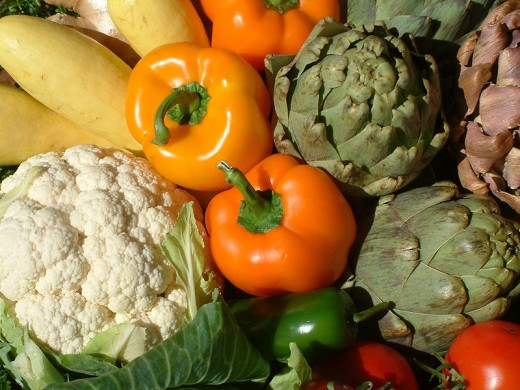
Are you vegan?
A Starting Point in Becoming Vegan
Any change in diet can feel very daunting at first, especially when a large percentage of the foods normally eaten will be excluded. Refraining from eating all animal products can seem doubly difficult due to the amount of ingredients that are derived from animals but are unfamiliar or not obviously an animal product. This can make them difficult to avoid, especially in the beginning and it can take time to learn and remember what goes into our foods and is therefore suitable. During this transitioning time it is important not to feel too downhearted or be too hard on yourself for small mistakes that lead to animal product being eaten. Like anything new and unfamiliar veganism will take time to get used to but in time will become second nature as you learn to read food labels and become familiar with less common ingredients.
Another matter that can be worrying for people who are new vegans or wish to become vegan is how people around them will react to the news and how they will be able to manage events such as parties or eating out with friends. Friends and family may offer well-meaning but unwanted and ill-informed advice and information about veganism or try to change your mind. This can be especially true for younger people who wish to follow their beliefs and become vegan but who do not have the freedom to choose what they eat because they are living with family. In order to combat these problems it is useful to read as much information as you can on veganism and the benefits of a vegan diet. This will then enable you to put any worries to rest and reassure family and friends that you will not be harming yourself by choosing to not eat animal products any longer. Showing that you are well informed will also help to illustrate your commitment to veganism and the beliefs that have led to you making the choice to switch to a plant based diet. Over time it is likely that people will become more accepting or you can explain that you would prefer not to discuss your decision any further and would not pressure them to stop eating animals so they should not judge your choice. Eating out can be a challenge as it can be very difficult to tell what ingredients have been used in the food and this is especially true in the case of items where some brands are animal free and others are not. It is perfectly acceptable to ask for information regarding what ingredients have been used. Many restaurants, pubs and cafes now serve vegetarian meals and these may be a good starting point in decided what on the menu may be vegan as well. Vegan restaurants and menu options are also becoming more and more common as the diet gains popularity.
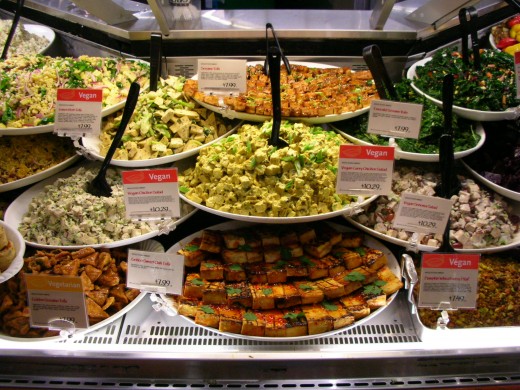
Discovering Vegan Foods
The good news is that there is a large variety of foods that are easy to obtain and prepare that are suitable for a vegan diet. Many of these will already be part of your diet and can help transitioning to veganism feel less daunting. Many of your favourite meals and foods can be easily recreated by substituting vegan ingredients for animal products and today there is a great range of specially created vegan products such as sausages, meat strips, cheeses and ice cream that are available to buy online or in health food shops and some supermarkets. Even without using these, often expensive items it is possible to create delicious, healthy and balanced animal free meals. For example a delicious and satisfying spaghetti bolognaise can be created using finely chopped vegetables and lentils and believe it or not cheeses can be created using nuts and the humble avocado can be transformed into enjoyable desserts.
Some everyday foods that are vegan but may not be specifically labelled as such include:
- Fruit
- Vegetables
- Most pasta and noodles
- Oatmeal
- Flours
- Lentils, beans and other pluses
- Hummus and other dips
- Some breads
- Fungi
- Jams
- Non-dairy milks such as soya, almond, oat, coconut and rice milks
- Fruit and vegetable juices
- Dried fruit
- Nuts
- Seeds
- Soya products such as yoghurts and cheese often do not contain diary or animal products
- Many products aimed at dairy allergy sufferers are free from other animal products
- Sandwich fillings such as hummus and salad, jam or nut butters
- Seaweeds
- Rice and other grains including cous cous and millet
As the list shows there are many everyday foods that are suitable for a vegan diet and that you may already be eating or can easily introduce into your diet. These can also be combined in many ways to create meals such as nut roasts, salads, stir fries, casseroles, burgers and sausages. To further add to these there is a large range specially made vegan food products available to buy such as sausages, breaded vegetable nuggets, mousses, yoghurts, ice cream, soft and hard cheeses, nut roasts, sauces and condiments such as mayonnaise or salad dressings together with non-food items, for example: household cleaning products, vitamins, shampoo and other beauty products. If you already enjoy cooking, becoming vegan will help you expand your skills and discover new ways to use common ingredients. It is also likely to encourage you to try new foods and new food combinations in order to allow you plenty of food choices.
Although this may take some time and you may feel like you will never be able to again eat some of your favourite foods, it will become easier in time. There are many books available full of recipes and hints and tips as well as blogs full of recipes and useful techniques to master. Baring these in mind making the transition to an animal free diet and lifestyle can be a much less stressful and daunting process and become an enjoyable journey of discovery.
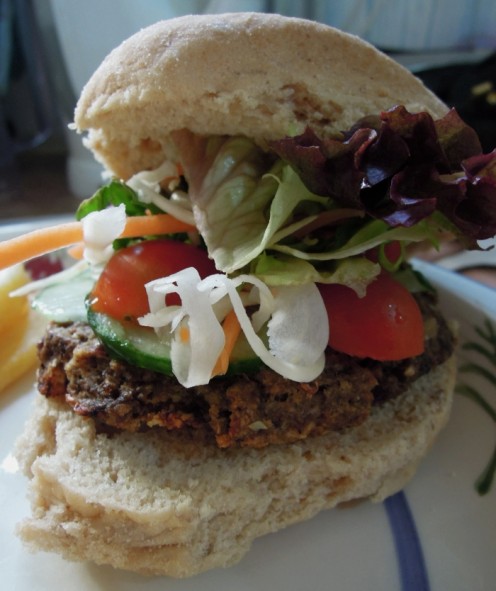
Hints and Tips For Substituting Non-Vegan Ingredients
Within the vegan diet many foods are used in a different way to the norm in order to create other foods. Some of these substitutions require specialist ingredients that depending on where you live may only be available online or from health and wholefood shops but many are every day ingredients that you are likely to have at home or have easy access too.
- In most cases non-dairy milks can be used directly in place of animal milks
- Nutritional yeast is a non-active yeast that is used in vegan recipes to add a nutty cheesy flavour to foods.
- Use peanut, olive, vegetable, sunflower and hemp oils in cooking and baking and cooking.
- Seaweed can be used to add a fishy flavour to foods.
- Vegan egg replacement powder can be used in most recipes or try substituting cornstarch, blended silken tofu or vegetable purees. 2tbsp cornstarch, or ¼ cup of blended silken tofu or fruit puree will substitute 1 egg as a binder. For when eggs are needed as a raising agent substitute them with egg replacer powder or use 1tbsp mild flavoured vinegar combined with 1 cup of soymilk.
- Crumbled firm tofu can be eaten like scrambled eggs.
- Tofu can also be used to make vegan quiches.
- Use agar, pectin, carrageenan or locust bean gum in place of gelatine.
- Agave nectar and maple syrup can be used in place of honey and as sweeteners instead of sugar.
- Combine ¼ cup lemon juice with ½ cup of soya milk and let stand for a few minutes to make a vegan buttermilk.
© 2014 Claire

